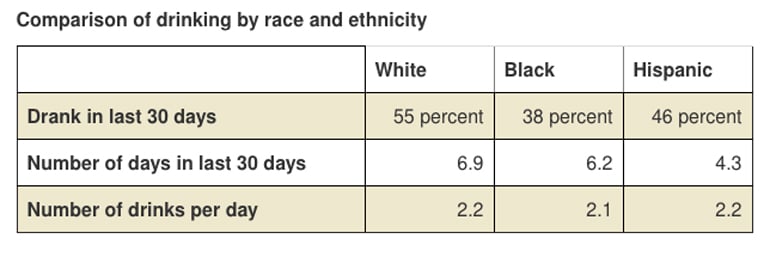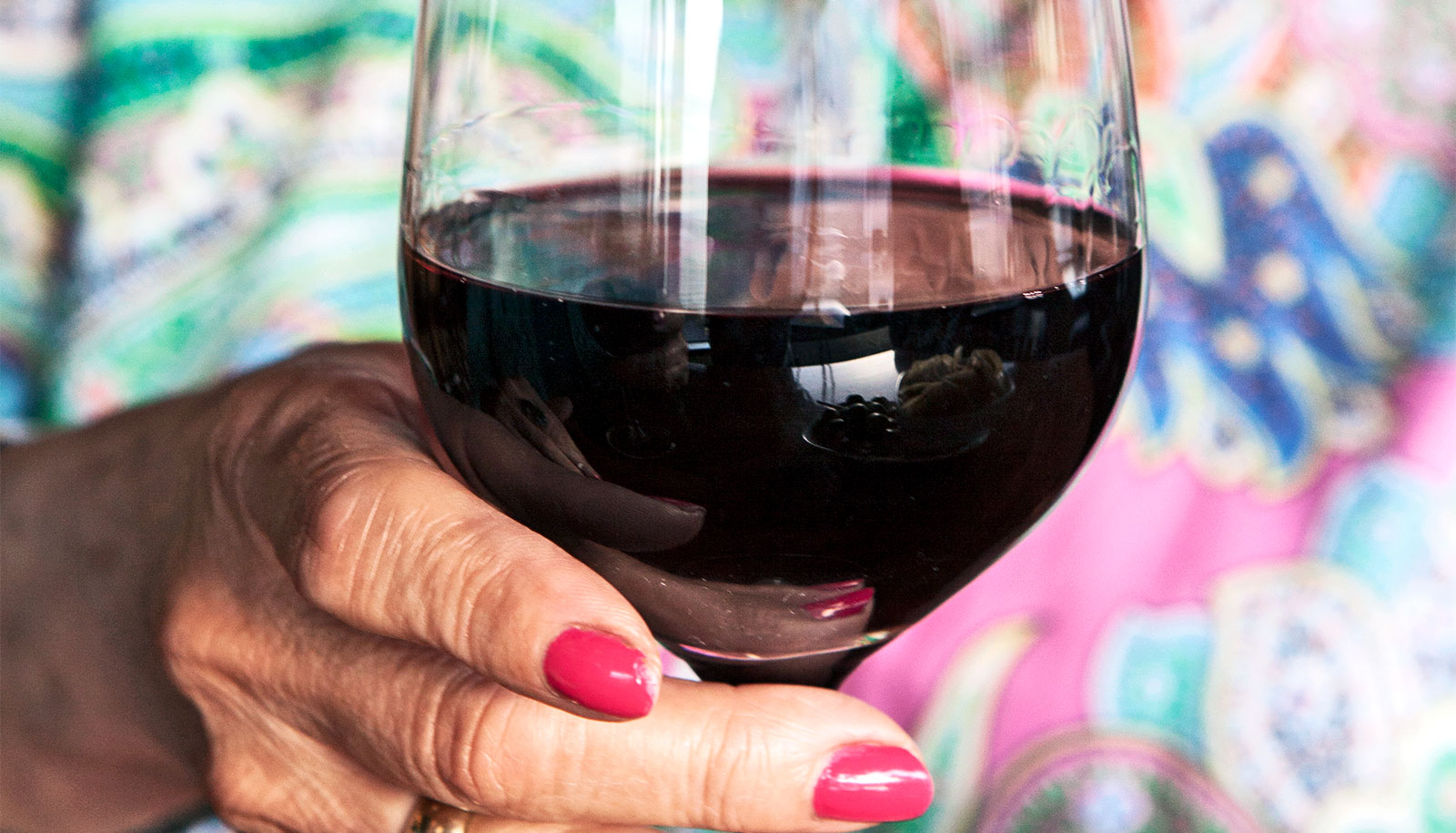More women are drinking alcohol and researchers are investigating why.
While the gap is shrinking between men and women who drink, the new research finds variations in the amount and frequency women drink based on age, race, education, marital status, and other factors.
The research compares the experiences of women in their 20s, 30s, 40s, and 50s to see how life changes and events influence drinking, says Susan Stewart, a professor of sociology at Iowa State University.
“Some of our findings really break down stereotypes, such as alcohol use is highest among poor women and underrepresented women…”
Overall, 52% of women reported drinking around seven days in the last month and averaged just over two drinks a day. The researchers analyzed data from the National Longitudinal Survey of Youth 1979. The survey follows thousands of people starting as teens and into adulthood.
While women still drink less than men, according to the National Survey on Drug Use and Health, there is little evidence to explain their increase in consumption. Stress, social acceptance of alcohol, and life changes are often cited as potential factors, but Stewart says this is largely anecdotal. By comparing alcohol consumption across social categories, the researchers want to provide a greater understanding of why women drink as well as dispel some myths.
“Some of our findings really break down stereotypes, such as alcohol use is highest among poor women and underrepresented women,” Stewart says. “We found that not to be true. White women and women with more education and financial means have much higher rates of alcohol consumption.”
Breaking down alcohol consumption
The researchers’ preliminary findings, which they presented at the American Sociological Association’s Annual Meeting, found significant differences in drinking by race and ethnicity.

The researchers also note differences based on social and demographic characteristics:
- Married black women drank less than single or cohabiting women, but this was not true for white and Hispanic women.
- College educated women across all groups were more likely to drink, and drank more days per month.
- White and black women living in urban areas drank more than those in rural areas, but this did not influence drinking among Hispanic women.
To expand on these initial findings, Gloria Jones Johnson, a professor of sociology, is looking specifically at empty nesters. Preliminary results show significant shifts in alcohol use before and after the last child leaves home. For example, 26% of women who were moderate drinkers while their children were home became heavy drinkers after they left.
“This could be due to ’empty nest syndrome’—loss of mothering role, depression, isolation—or it could be a newfound freedom from family and childrearing responsibilities,” says Jones Johnson. “To draw definitive conclusions we will compare these women’s alcohol consumption to the alcohol consumption of women not experiencing the empty nest.”
Why does it matter?
Alcohol is the third-leading preventable cause of death in the US, according to the National Institute on Alcohol Abuse and Alcoholism. Approximately 88,000 people die every year from alcohol-related causes, which is more than opioid overdoses (60,000) and motor vehicle crashes (34,000). The researchers point to the physical, mental, and emotional health issues associated with alcohol use as important reasons for this work.
“After decades of steady increases, women’s life expectancy has leveled off in the last five years partly as a result of increased alcohol consumption,” says Cassandra Dorius, an assistant professor of human development and family studies. “As the main caretakers of children, aging parents, and extended family members, women’s alcohol use can have lasting effects on the family.”
Source: Iowa State University



